SteelSeries has been here before. With the release of the Rival 700, the peripherals company said that its flagship mouse had achieved true 1:1 tracking. And if you were to go to their website right now, you’d see that every one of their mice offers 1:1 tracking— from the newest to the oldest, the least expensive to the most expensive. But this time around, they say they’ve truly nailed it.
And I tend to agree.
SteelSeries’ latest mice, the Rival 310 and the Sensei 310, both offer what the company calls “true 1:1 tracking,” meaning that they’ve taken 1:1 tracking and accuracy to an entirely new level with their new Truemove 3 sensor. We’ll get more into the gritty details a little later on, but suffice it to say that these mice are accurate and reliable at the highest DPIs, no matter how fast or slow you move them across your mousepad.
Specifically designed with eSports and competitive players in mind, the Rival 310 and Sensei 310 offer players high-end quality at affordable price points. Neither mouse is perfect by any means, and there are other mice on the market that provide similar functionality (outside of true 1:1 tracking) at commensurate prices. But each of these mice is well worth a look if you’re in the market for a mouse that’s crazy precise and won’t break the bank.
Overall Design
Both the Rival 310 and the Sensei 310 are nearly identical on the outside, combining their self-same feature sets with inauspicious designs that belie their functionalities.
Each mouse sports an understated black matte finish that offers a two-for-one combo: it looks stylish and helps reduce slippage when your palms and fingers get sweaty. To complement these finishes, each mouse has what SteelSeries calls “next-gen, upgraded” silicone grips that do a wonderful job of keeping your thumb and ring fingers adhered to the sides of the mice whether you’re playing in an eSports tournament or doing menial office work.
And where I often found my palms and fingers slipping on the slick surface of the Rival 700, I never once experienced any sliding or unintended palm movement in all my hours with the Rival 310 or the Sensei 310.
However, these mice aren’t made for palm-grippers. Instead, the right-handed Rival 310 is made for a claw or hybrid grip style, while the ambidextrous Sensei is optimized for a pinch grip. As a palm player, I did notice a considerable variance between my preferred gripping style and the Sensei’s egalitarian design, where the right side of my palm sat uncomfortably on the Sensei’s right half.
This led me to pay more attention to how my hand was positioned in my early hours with the mouse, and I missed quite a few Paladins and Battlefield 1 headshots in the process.
However, the Rival 310’s sloped, traditionally contoured design was easily accessible and much more comfortable out of the box. It better lent itself to a palm grip style — but in my time with it, I almost exclusively used hybrid grip style, which better helped me maneuver the mouse’s build, even though it was slightly uncomfortable for my specific liking.
Because of their inauspicious designs, neither the Rival or the Sensei are weighed down with copious buttons or toggles, with the Rival sporting six buttons to the Sensei’s eight. The LMB and RMB act as you’d expect, while the DPI switches are snugly positioned just above the illuminated mouse wheels and are easy to access.
For the Rival, the two side buttons are positioned well within thumb’s reach, giving off solid, satisfying clicks with each press. On the other hand, since the Sensei is ambidextrous and features a less contoured design than the 310, its left- and right-side buttons are smaller and skinnier, giving your thumb and ring fingers less real estate to play with. And while the left-side buttons are fairly easy to press, the right-side buttons are stubborn little causes, especially if you’re a right-handed player.
For office work, I always found myself inadvertently (and frustratingly) pressing them when I moved the mouse across my QCK Prism mousepad. But when I needed them most, I couldn’t seem to get a bead on them without contorting my hand into an infinitely uncomfortable Cronenberg. It’s a strange problem to have on a mouse so meticulously engineered, and I’m sure it was a purposeful design choice considering it’s an ambidextrous mouse.
However, the bright side is that SteelSeries had the engineering foresight to let users disable the buttons through SteelSeries’ Engine 3 software, never to be worried about again if they get in the way.
Overall Performance
The split trigger design on both the Rival 310 and the Sensei 310 means that the OMRON switches (rated at 50 million clicks) are going to be both durable and deadly. The left and right mouse buttons on these mice are lightning-fast, responsive, and a pleasure to press. But none of that matters if you can’t get a bead on your target.
When speaking with SteelSeries about the mice, it was clear that four key factors guided the design and engineering of both the Rival 310 and the Sensei 310: they both had to have ultra-low latency, true 1:1 tracking, advanced jitter reduction, and the fastest response times of any mouse on the planet. All difficult things to accomplish given the relative parity in the space.
But I’d like to think they’ve achieved at least some of that with both of these mice.
The star of the show is unequivocally the TrueMove Sensor 3 with advanced jitter reduction technology, which helps both mice achieve true 1:1 tracking. Developed and manufactured in concert with Pixart, the Truemove 3 is a proprietary iteration on the popular Pixart 3369 optical sensor. And as of this writing, these proprietary sensors can only be found in the Rival 310 and Sensei 310.
I found the sensors to be adequate and precise at lower DPIs, and I wasn’t able to notice a monumental difference between some of my Logitech mice. But that considerably changed when cranking the DPIs above 3,500.
Even at the highest DPI settings, the Sensei didn’t jitter or vibrate in the slightest. The mouse cursor moved precisely where I wanted it to go, and abruptly stopped when I needed it to. And although the Rival 310 didn’t perform as well as the Sensei 310 — slightly jittering and moving somewhat sporadically at the highest settings — it still performed leagues better than the sensor found in the Rival 700 when dialed into the same settings.
I noticed a considerable difference in performance against mice such as the Scimitar RGB in terms of lagless aiming. Once I got a handle on the design of the Sensei 310, there was nary a difference in overall performance when playing shooters like Paladins and strategy games like Cities: Skylines.
In the former, I was able to easily pull off critical shots and switch between DPIs on the fly with both mice. And in the latter, I was able to deftly navigate the game’s myriad menus and easily scroll from one side of my cities to the other no matter if I used the Rival or the Sensei.
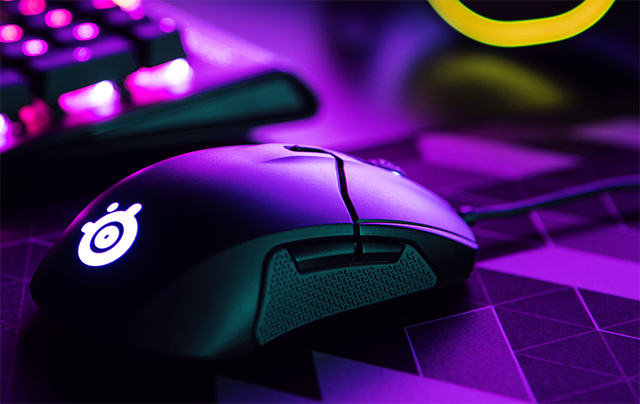
The Verdict
Whether you’re a serious eSports gamer or a casual that’s looking for a solid mouse at a solid price, you could do much worse than the Rival 310 and Sensei 310. In essence, SteelSeries has taken a lot of what makes the Rival 700 tick, tweaked it, improved it, and stuck it into packages that retail for $59.99. That’s a damn hard deal to pass up for such a fantastic value.
My only real gripes are with the Sensei 310. And I’m happy to see that SteelSeries had the foresight to allow players to disable buttons — specifically the shoulder buttons — on that particular mouse.
With nearly zero input lag, low latency, anti-jitter technology, and (from what I can tell) true 1:1 tracking up to 12,000 DPI, both the Rival 310 and Sensei 310 are dealy mice.
You can pick up both the Rival 310 and Sensei 310 from the SteelSeries website.
[Note: SteelSeries provided a Rival 310 and Sensei 310 review unit for the purpose of this review.]

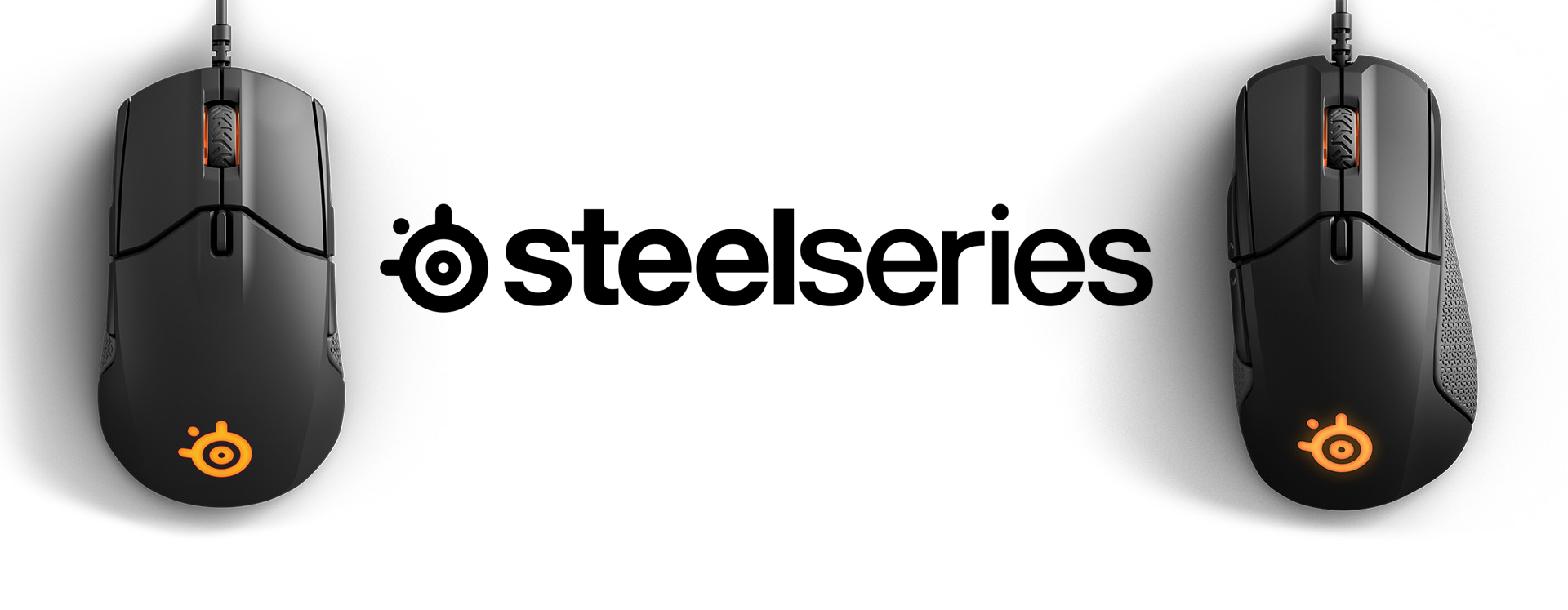
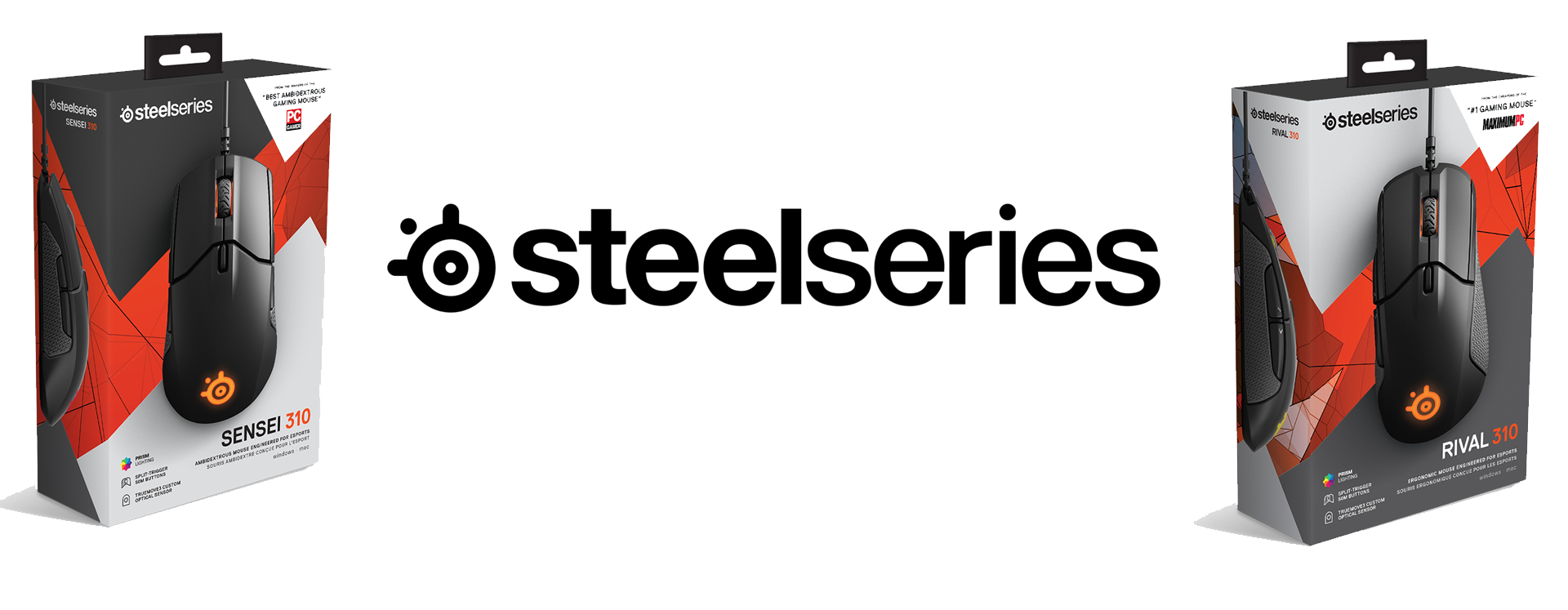
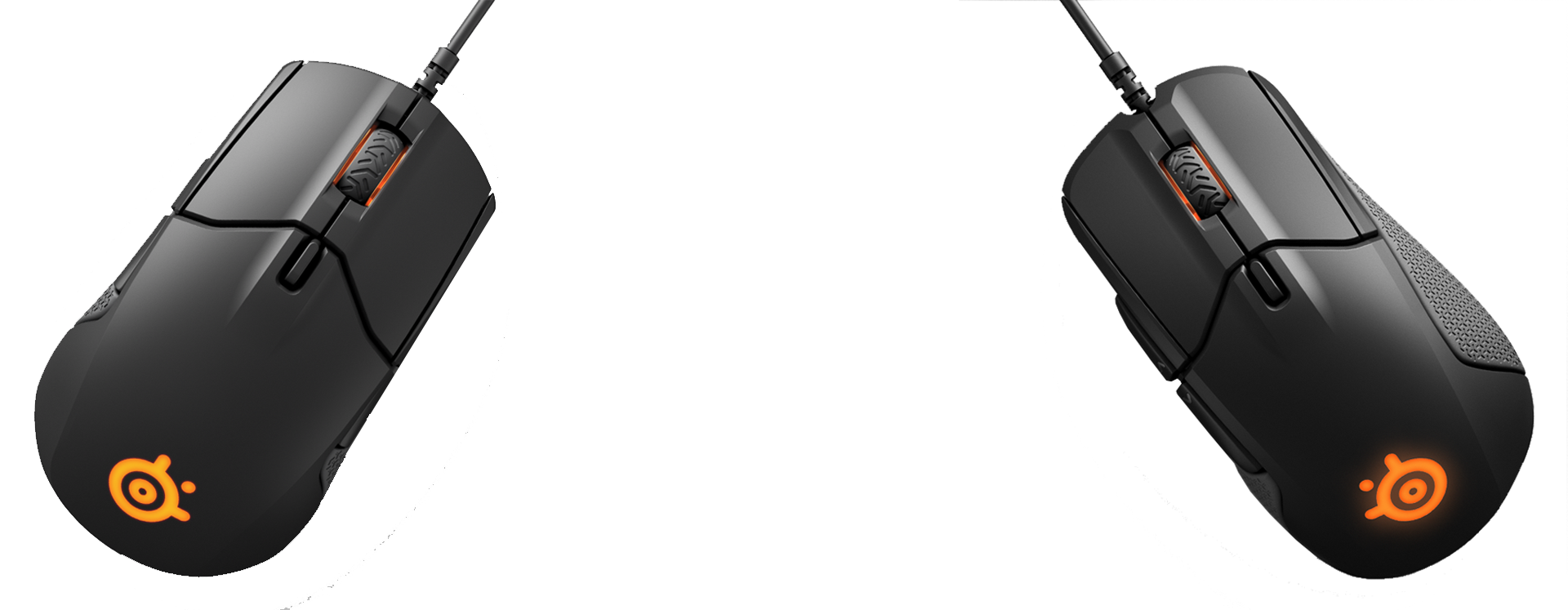
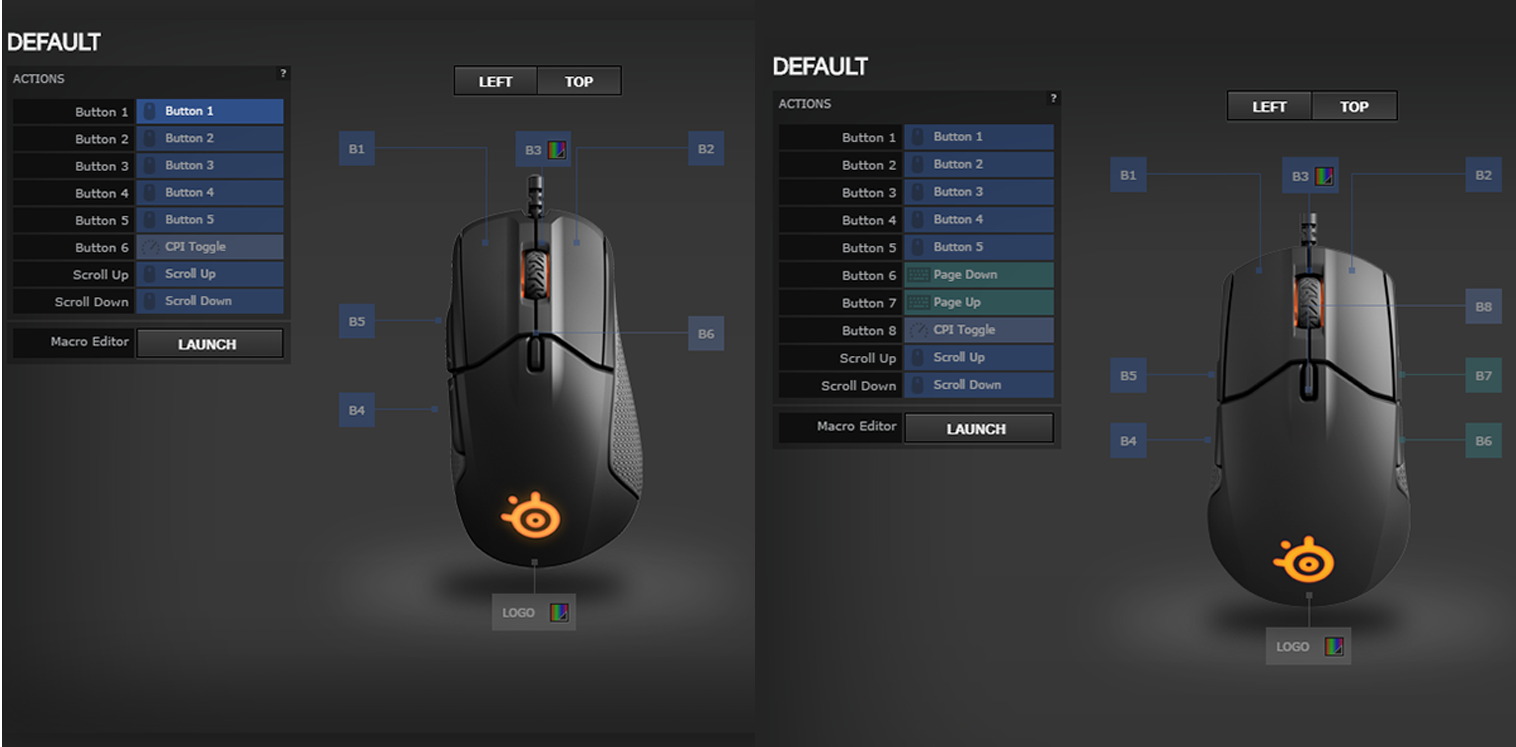
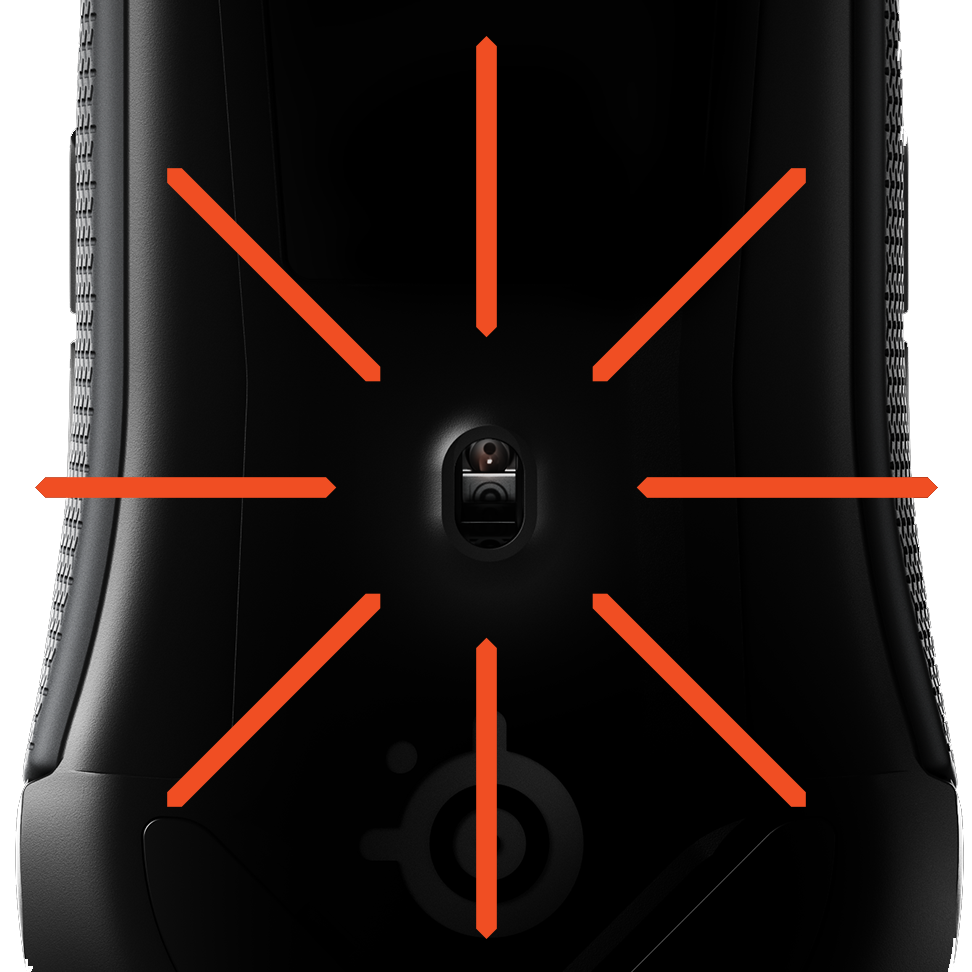





Published: Sep 22, 2017 01:53 pm